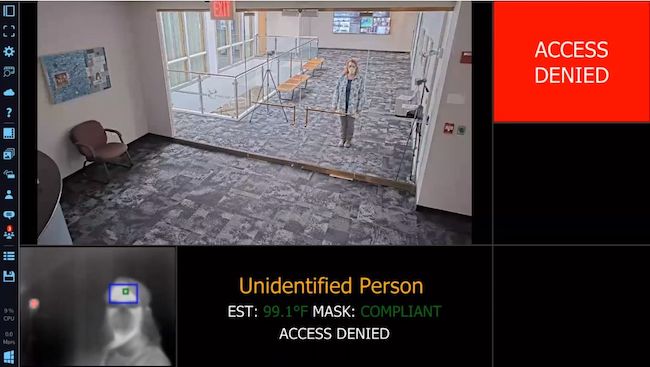Facility Access Tools Repositioned for New Occupancy Controls
- By Dian Schaffhauser
- 08/03/20
A company that produces physical security products is repositioning its products to address the needs of facilities under new restrictions. The offerings from LenelS2 cover touchless access, occupancy management, enforced access control and screening solutions.
In the category of touchless access, LenelS2's BlueDiamond mobile credentialing technology lets building managers eliminate many access touch points. People can gain access to a room through an app on their smartphones.

For occupancy management and enhanced access control, the company is pushing tools for monitoring and enforcing occupancy requirements through remote surveillance and controlled building entry, the use of access reporting to support contact tracing programs, and implementing building entry controls for site-specific screening protocols.
The screening solutions let employees and visitors self-assess their health and wellness through web- and email-based tools before requesting access to a building.
"As businesses and schools reopen, organizations need to be confident in their ability to protect the health and safety of building occupants, and building occupants need to trust that they will be protected," said President Jeff Stanek, in a press release. "Solutions from LenelS2 can help end users provide healthier and safer workspaces as they begin to welcome people back to their facilities."
About the Author
Dian Schaffhauser is a former senior contributing editor for 1105 Media's education publications THE Journal, Campus Technology and Spaces4Learning.